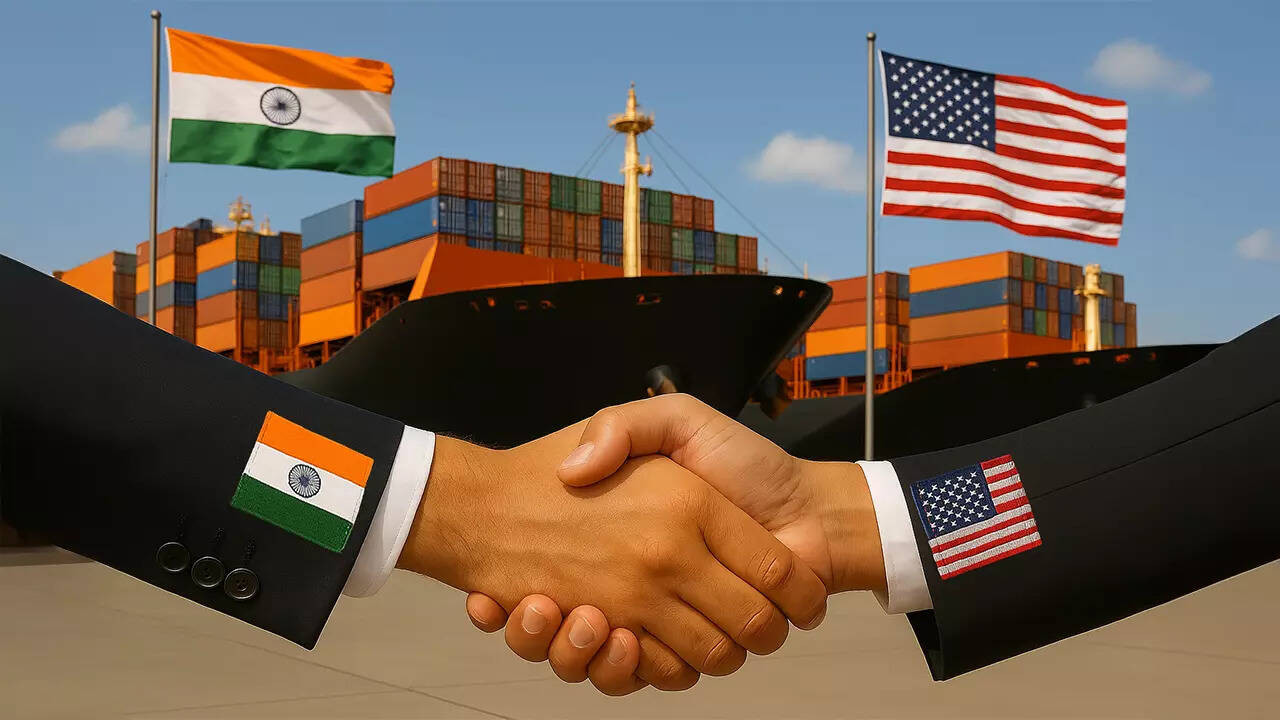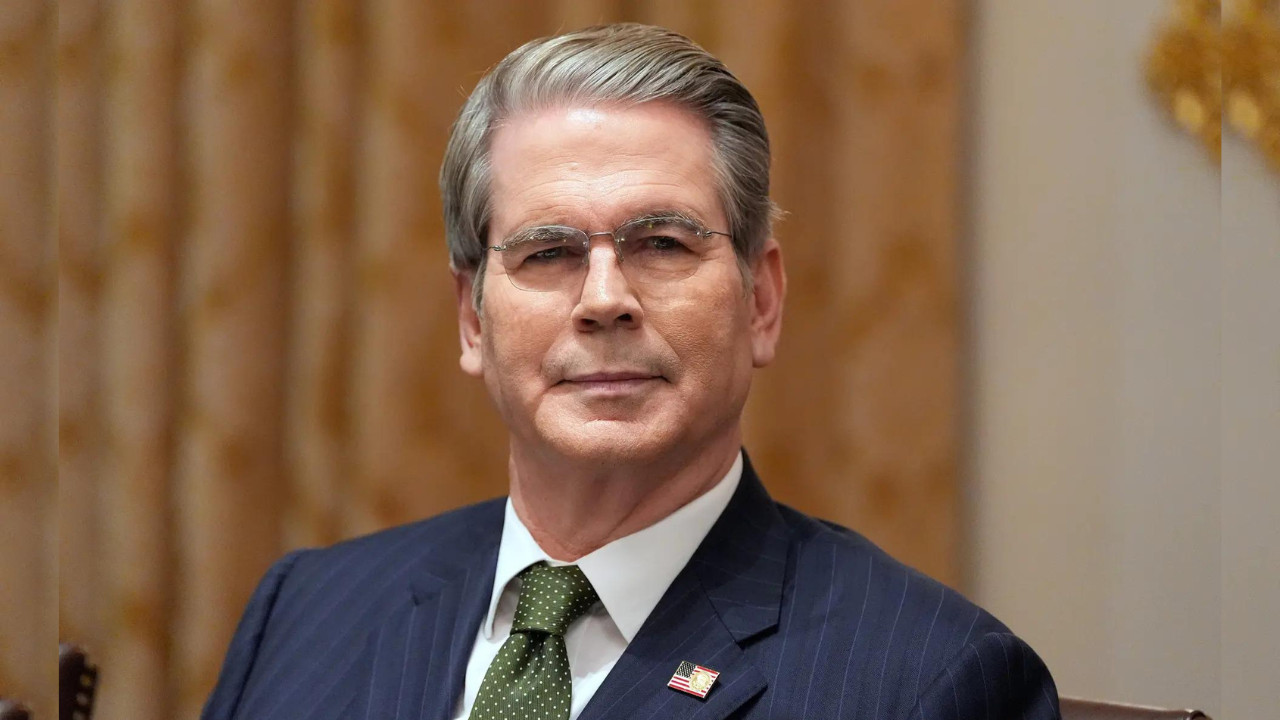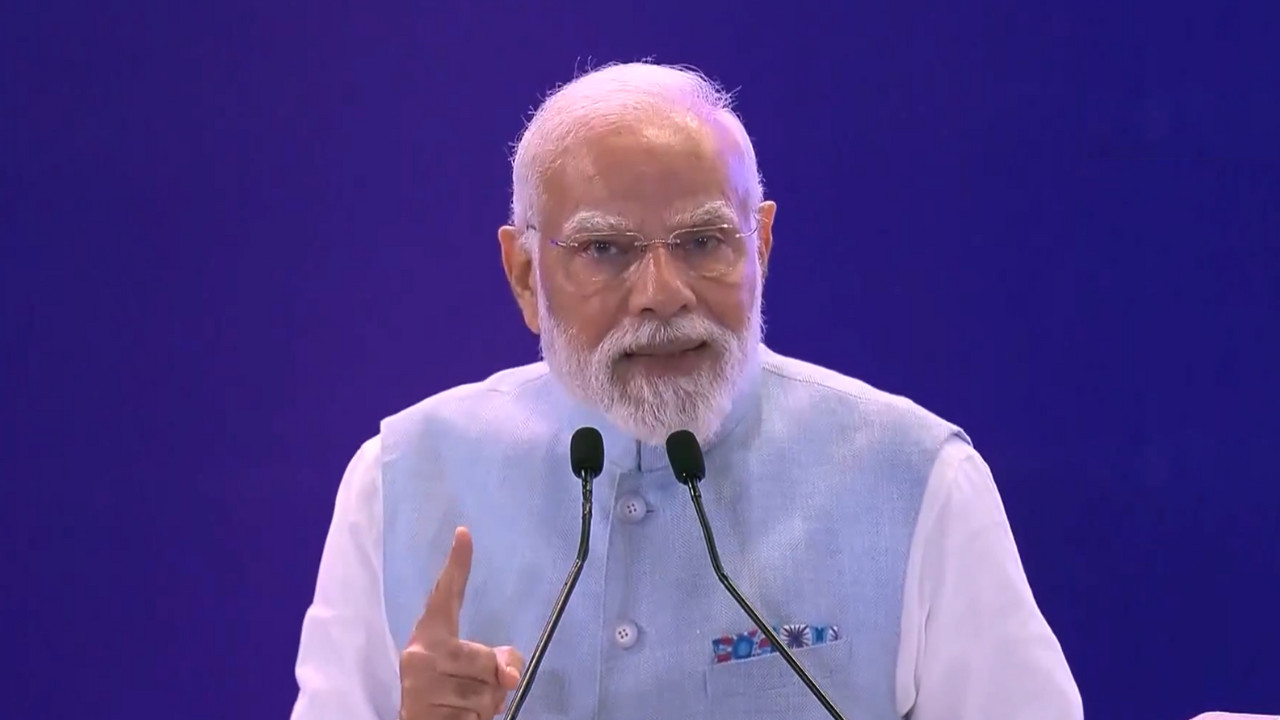India and the US are continuing discussions to finalize a trade deal, with US President Trump hinting at an imminent agreement. The proposed deal reportedly includes reducing US tariffs on Indian exports and India decreasing Russian oil imports while increasing energy purchases from the US.
Is a Landmark India-US Trade Deal Finally on the Horizon?
The air crackles with anticipation. For years, whispers of a comprehensive trade agreement between India and the United States have echoed through diplomatic corridors and business circles. Now, those whispers might be turning into a resounding agreement, poised to reshape the economic landscape for both nations.
The prospect of a strengthened trade relationship comes after hints of progress from key figures, suggesting that discussions are advancing towards a mutually beneficial outcome. But what exactly does this potential India-US trade deal entail, and what implications could it hold for businesses and consumers alike?
A Long and Winding Road: The Journey to a Potential Agreement
Negotiating a trade deal of this magnitude is never a simple undertaking. Numerous factors contribute to the complexities, from differing regulatory frameworks to deeply entrenched protectionist sentiments within certain sectors. Over the years, various sticking points have emerged, requiring delicate diplomacy and a willingness to compromise on both sides.
Discussions have previously stalled over issues such as market access for agricultural products, intellectual property rights, and tariffs on specific goods. Finding common ground on these sensitive issues has proven challenging, demanding creative solutions and a long-term strategic vision.
What Could a Trade Deal Mean for India?
For India, a comprehensive trade agreement with the U.S. presents a golden opportunity to boost its export sector, attract foreign investment, and accelerate economic growth. Greater access to the vast American market could unlock significant potential for Indian businesses, particularly in sectors like pharmaceuticals, textiles, and technology.
Reduced tariffs and streamlined regulations would make Indian products more competitive in the U.S., leading to increased sales and job creation. Moreover, closer economic ties with the U.S. could enhance India’s standing as a global economic power, attracting further investment and strengthening its strategic position.

Implications for the United States
The U.S. also stands to gain significantly from a strengthened trade relationship with India. As the world’s fifth-largest economy and a rapidly growing market, India presents a lucrative opportunity for American businesses seeking to expand their global footprint.
Increased access to the Indian market would allow U.S. companies to sell more goods and services to a burgeoning consumer base. This could lead to higher profits, increased employment, and a stronger overall economy. Moreover, closer economic ties with India could strengthen the U.S.’s strategic partnership with a key ally in the Indo-Pacific region, furthering its geopolitical interests.
Key Areas of Focus in the Ongoing Negotiations
While the specific details of the ongoing negotiations remain confidential, several key areas are likely to be at the forefront of discussions. These include:
* Market Access: Negotiating reciprocal access to each other’s markets, reducing tariffs and non-tariff barriers to trade.
* Intellectual Property Rights: Strengthening the protection and enforcement of intellectual property rights to encourage innovation and creativity.
* Digital Trade: Establishing rules governing cross-border data flows and promoting the growth of the digital economy.
* Agricultural Trade: Addressing issues related to sanitary and phytosanitary measures to facilitate trade in agricultural products.
* Investment: Promoting and protecting foreign investment to encourage capital flows and job creation.
Successfully addressing these key areas will be crucial to forging a comprehensive and mutually beneficial trade deal.
Navigating the Challenges Ahead
Despite the positive momentum, several challenges still lie ahead. Reaching a consensus on sensitive issues like agricultural subsidies and data localization will require careful negotiation and a willingness to compromise on both sides. Overcoming protectionist sentiments and addressing concerns about job losses will also be crucial to garnering public support for the deal. See more about international commerce and the challenges of trade deals [here](internal-link-to-related-content).
A Future Forged in Collaboration
An India-US trade deal signifies more than just a commercial agreement; it represents a strategic partnership built on shared values and mutual interests. As negotiations progress, a spirit of collaboration and a commitment to finding common ground will be essential to unlocking the full potential of this transformative agreement. The economic benefits for both nations are simply too compelling to ignore. It’s a new chapter for both economies that will boost both nations’ statuses in global commerce.
URL Slug: india-us-trade-deal







